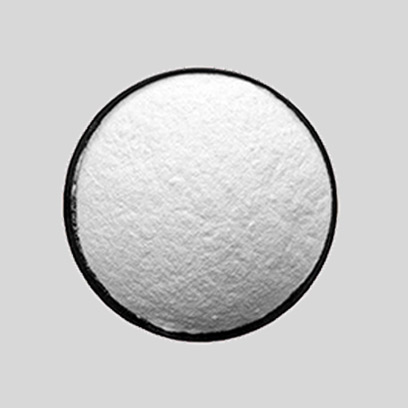
Dez. . 11, 2024 00:07 Back to list
Determining the Toxicity of Titanium Dioxide Using LD50 Values for Safety Assessment
The Toxicity of Titanium Dioxide Understanding LD50
Titanium dioxide (TiO₂) is a widely utilized substance, primarily known for its applications in paints, coatings, plastics, food, and cosmetics due to its excellent opacity and brightness. However, beyond its commercial significance, concerns have been raised about its toxicity, particularly regarding its LD50 (lethal dose for 50% of the population), which serves as a key indicator in toxicological studies.
Understanding LD50
LD50 is a standard measurement used in toxicology to assess the toxicity of a substance. It represents the amount of a substance required to kill half of a testing population, usually expressed in milligrams of substance per kilogram of body weight (mg/kg). A lower LD50 indicates a higher toxicity level, whereas a higher LD50 suggests a lower toxicity. The determination of LD50 is crucial for regulatory compliance and safety assessments, guiding industries in product formulations and risk assessments.
Titanium Dioxide Overview and Uses
Titanium dioxide is a naturally occurring mineral that appears as a white powder. Its unique properties make it an invaluable component in various industries. In the paint industry, it is renowned for its opacity and brightness; it also enhances the durability and UV resistance of products. In food applications, TiO₂ acts as a coloring agent, while in cosmetics, it serves both as a pigment and a sunscreen agent due to its UV-filtering properties.
Despite its widespread use, the safety of titanium dioxide has been scrutinized, particularly in its nanoparticle form, which has gained traction in consumer products. Nanoparticles, due to their small size and high surface area, exhibit different chemical and physical properties compared to their bulk counterparts, raising concerns about their potential toxicity.
ld50 titanium dioxide

Evaluating the Toxicity of Titanium Dioxide
Research on the toxicity of titanium dioxide has produced varied results, particularly regarding the route of exposure. Studies have shown that inhalation exposure to TiO₂, especially when in nanoparticle form, can lead to respiratory inflammation and other health issues. The inhalation LD50 in rats has been reported to be relatively high, suggesting that acute toxicity from inhalation is limited; however, chronic exposure may lead to long-term health effects.
Oral intake of titanium dioxide presents a lower risk, with studies indicating that the substance is largely non-toxic when ingested, as it does not readily absorb into the gastrointestinal tract. The oral LD50 value for titanium dioxide is estimated to be above 2000 mg/kg, classifying it as low in toxicity for this route of exposure. Nonetheless, the potential accumulation and interaction with gut microbiota warrant further investigation.
Regulatory Perspectives and Safety Assessments
Regulatory bodies such as the European Food Safety Authority (EFSA) and the U.S. Environmental Protection Agency (EPA) have established guidelines for the use of titanium dioxide in consumer products. The recent re-evaluation of TiO₂ in Europe led to its classification as a possible carcinogen when inhaled, intensifying the debate over its safety in specific applications, particularly in aerosolized products.
Conclusion
In conclusion, understanding the LD50 of titanium dioxide is essential for gauging its toxicity and ensuring safe use in various industries. While titanium dioxide appears to exhibit low toxicity via oral intake, inhalation exposure, particularly to its nanoform, raises significant health concerns. Ongoing research is necessary to clarify the long-term implications of exposure to titanium dioxide and establish comprehensive safety guidelines that protect both consumers and workers in the industries that utilize this versatile compound. As we advance our understanding of its effects, we can better navigate the benefits and risks associated with titanium dioxide use.
-
High Quality China Black Iron Oxide Powder Supplier Competitive Price & Fast Delivery
NewsJul.08,2025
-
High Quality Titanium Dioxide Used in Rubber – Trusted Supplier & Factory Price
NewsJul.08,2025
-
High Purity Barium Sulfate Particle Size - Wholesale Manufacturer from China
NewsJul.07,2025
-
Premium Titanium Dioxide Lomon R-996 Supplier – Quality & Wholesale Price from China
NewsJul.07,2025
-
Top Titanium Manufacturers in China - Quality Titanium Dioxide Supplier & Production Line Solutions
NewsJul.06,2025
-
OEM Titanium White Supplier & Factory – High Purity, Consistent Quality for Industrial Use
NewsJul.06,2025
